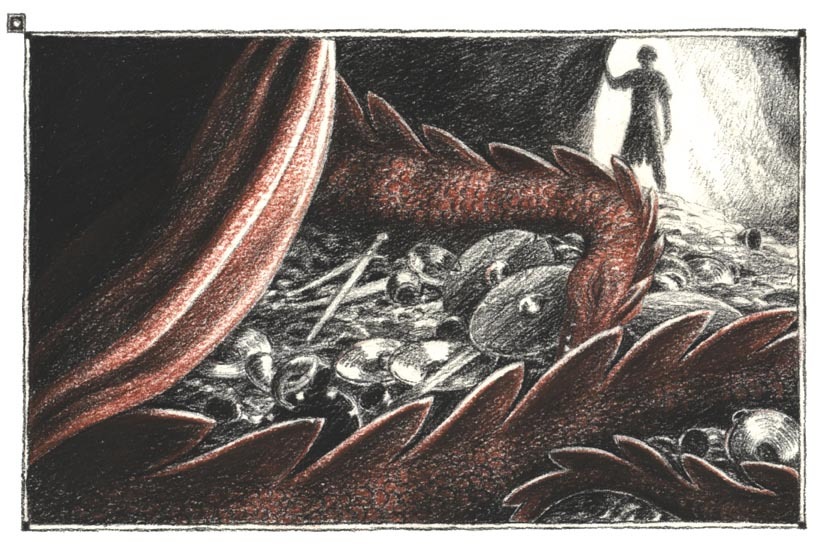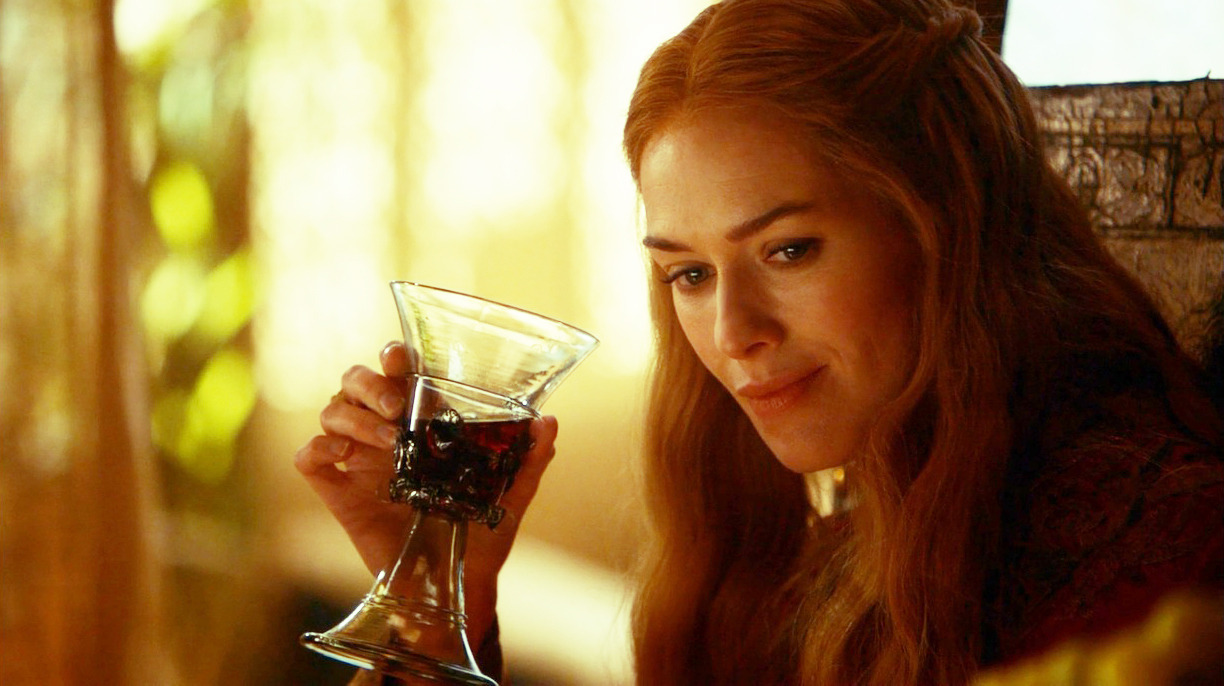On the whole,
Beowulf isn't exactly a very realistic story....There's (apparent) sea monsters, a dragon, monsters (that depends on your stance on Grendel and his mommy), and various displays of superhuman strength and endurance. So, it's pretty interesting to find a retelling of Beowulf's adventures that are realistic (to an extent!).
Michael Crichton is known for his rational approach to fantastical stories, most notably in his 1990 novel that was made into the best film ever,
Jurassic Park, where Richard Attenborough fills in the incomplete dinosaur DNA with amphibian DNA (unfortunately/fortunately this won't actually work).
Before Crichton was escalating the hopes of dinosaur fanatics, he was exploring Beowulf and coming up with ways in which it could really be explained...well...probably not really, as despite the ideas in his book being rational, they are still rather far-fetched.
In 1976 Crichton released Eaters of the Dead: The Manuscript of Ibn Fadlan, Relating His Experiences with the Northmen in A.D. 922 (later made into The 13th Warrior, starring Puss in Boots). Crichton constructs the novel so that it imitates a real historical document, professing to be the chronicled expedition of Ibn Fadlan, who was an actual 10th Century Arabic explorer, known for his descriptions of the Volga Vikings.
Parts of Ibn Fadlan's actual chronicles are present in the first few chapters of Eaters of the Dead, and in general it stays pretty close to his manuscript (or so I have read! I do not profess to know much about Ibn Fadlan's actual antics) up until chapter 4, where the story gradually turns into a retelling of Beowulf, and where Fadlan, who is originally sent to the king of the Volga Bulgars, is persuaded into joining a mad (aren't they always) group of Northmen, led by Buliwyf (an obvious play on Beowulf). Their quest is to destroy a "dread and nameless terror, which all the people are powerless to oppose". This terror, turns out to be a cannibalistic tribe known as the Wendol.
Wendol, is surely both a reference to Grendel and to the Vandals, an early East Germanic tribe - nicely done, Michael, nicely done. The Wendol are described in Ibn as being "manlike in every respect, but not as any man upon the face of the earth". They are "short...broad and squat, and hairy on all parts of their bodies save their palms, the soles of their feet, and their faces" They had large prominent jaws, with large heads. Now, at the end of Cricthon's book, there is a fake appendix, fake footnotes, and fake sources, all to add to the idea of this being an actual real account (but a fictional real account...). So, at the end of the novel, these fake researchers are trying to explain Ibn Fadlan's accounts. So, we are given a realistic explanation for the Wendol. The Appendix describes them as being "suggestive of Neanderthal anatomy", which although should have vanished 30-40,000 years prior to Ibn Fadlan's accounts, were still in existence. In another one of these fake reports, "Goodrich", a "paleontologist" describes Ibn Fadlan's tendency to overstate facts and differences, suggesting that the Wendol may just have been uncivilized Homo Sapiens, whose cultural differences were interpreted as physical differences. Well...that was confusing!

An image from the beautifully illustrated version of the novel
The next "monster" we come across is the "Korgon", or the dragon, later revealed to be Wendol carrying flames on horseback. Here, we are also told of a figure on horseback who had the head of a bear - perhaps a suggestion that the Wendol were berserkr (translated as "bearskin"), a type of Norse Warrior known for their war frenzy, their animal-skin attire and their general tomfoolery. Of course, it must be noted that our trust in Ibn Fadlan's accounts and descriptions is to be taken with a pinch of salt, as earlier in the novel, he describes "sea monsters" (a nice reference to those that Beowulf fights) that pass their boat, "spitting a fountain, and raising a giant tail split in two". Of course, we say "Duhhh, it's a whale, idiot!", but we must remember, this is an account of an Arab explorer, set in the 10th century, and although it's unlikely that they hadn't heard of whales, it is a nice touch to make us wary of Ibn's accounts.
One of the Wendol, in The 13th Warrior
And now we come to my favourite bit....the bit where we talk about Grendel's Mother (AWWWW YEAAAH)! For the majority of the novel her existence is only hinted upon. One scene shows the discovery of a stone figure resembling a woman's torso - "there was no head, no arms, and no legs; only the torso with a great swollen belly and, above that, two pendulous swollen breasts", a "crude and ugly" figure which causes the Norsemen to physically puke violently (Breasts? Bleurggh!). Of course, this is an obvious reference to both the Venus of Hohle Fels and the Willendorf Venus, which are both associated with prehistoric times, and are therefore hinting at the humane although primitive nature of the Wendol.
Venus of Hohle Fels and the Willendorf Venus
When we do get to finally meet the Mother of the Wendol Ibn Fadlan assumes she is female "but if she was female, [he] saw no sign, for she was old to the point of being sexless". She is described as being surrounded by snakes (perhaps a reference to Medusa, a figure often associated with Grendel's Mother and dangerous women in general). Unlike in the original poem she does not appear to have abnormal strength, and instead uses a poisoned pin on Buliwyf.

Unlike many other adaptations, the Wendol here are not shown with any sympathy. The Wendol's Mother shows no anger over the death of her numerous kin, and it is implied that it is her who has been instigating these attacks on King Rothgar's people. The matriarchal society is seen as threatening and vomit-inducing, compared to the Scandinavians patriarchal society in which the women are seen as caretakers and consorts. Some Kristevan themes can be seen throughout the novel: Through the worship of the female mother, the Wendol are left barbaric and uncivilized, while the Northmen, who have pushed the maternal away have evolved into more refined civilians. Julia Kristeva suggests that in order to acquire language and align itself with the symbolic system, the subject must push the mother and the maternal body away. Similar themes can be seen in John Gadner's
Grendel, where Grendel only finds language through pushing away from his mother and her primitive state.
Hopefully that wasn't so confusing! Goodbye, I am off to watch Channing Tatum.


















































